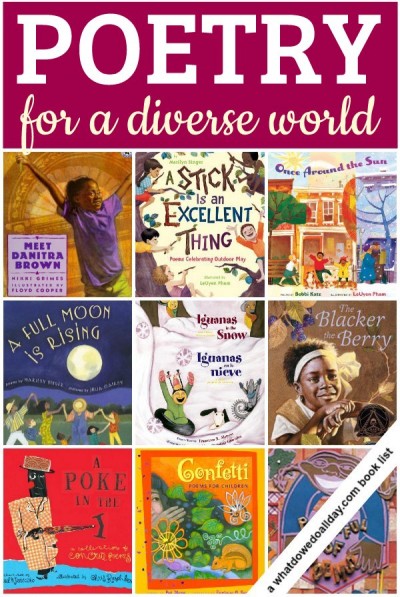Family Child Care Home
I think the most important part of my new family child care home would be the entrance area. It is important to have an area that is warm and welcoming for children and their families. This is the first area that they see when they arrive so it needs to feel like a safe place that is inviting. It is important for me to have a space (like a sofa) where families can sit with their children and and take their time saying goodbye, as well as visit with other families. This makes adults feel less rushed and more involved in the school community. In this area I would also provide a space for every child to keep their belongings so that they feel as though they belong here. It is important that they feel as though they are a member of this community. I would also provide a space for guardians to communicate individual needs or questions for the day as well as receive daily information from me (Laureate Education Inc., 2011).
Different play areas and materials in the classroom would first need to represent the families and cultures of children attending. It is difficult to say in detail how this would look "because the physical environment begins with who children are, each early childhood classroom will have its own unique look" (Derman-Sparks & Olsen Edwards, 2010). However, there are several key elements and materials that I feel would be included.
Dramatic play is a vital area for children to reflect on the realities of life and mimic what they see and hear while participating in pretend and make-believe worlds too. I feel that many of the materials in this area should be real items. If possible include pretend food or empty food containers that represent the kinds of foods that the children eat at home. Dress-up clothes should be open-ended such as scraps of material that is not gender specific and can be made into dresses, capes, scarves, veils, etc. Having dress-ups be open ended helps to prevent tokenism where a piece of clothing represents an entire group of people or culture (ex. a kimono represents all people from Japan). Dolls should represent the skin tones of the children. I also like the idea of have a story box where children can create the dolls used as well as the furnishings of their choosing (Laureate Education Inc., 2011).
The library should be a warm and cozy place where children will want to curl up with a book. Many books should represent the families, cultures, abilities, and economic groups in your service. It is important to avoid books that misinform or misrepresent people. Including books that perpetuate stereotypes about race, culture, class, abilities, and gender. Class-made books are a great way to ensure that every child is represented.

There are some other ways to ensure a more anti-bias approach in the family child care home setting. It is important to include music, rhymes, songs, stories, and poetry from diverse cultures and languages especially ones that represent the families in your service. I would try to ensure that rugs, fabrics, posters, and art represent the families in my service as well. Diversity puzzles can be purchased or they can be made with pictures taken of current families members performing different jobs, in local businesses, or with differing abilities. Many of these ideas will also involve family participation which builds a partnership between home and school.
References
Derman-Sparks, L., & Olsen Edwards, J. (2010). Anti-bias education for young children and ourselves. Washington, D.C.: National Association for the Education of Young Children (NAEYC).
Laureate Education, Inc. (2011). Strategies for working with diverse children: Welcome to an anti-bias learning community. Baltimore, MD: Author

No comments:
Post a Comment